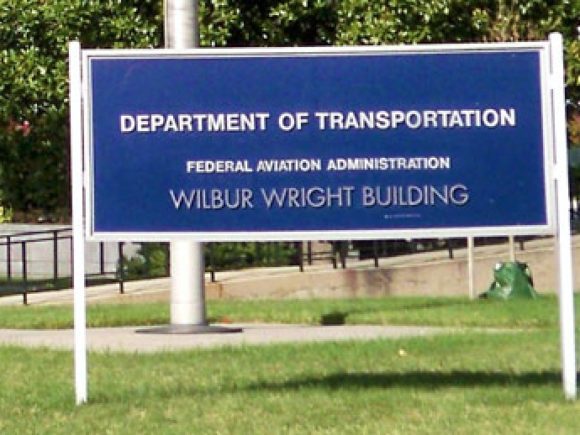Probably no single new technology is capturing more attention among airline pilots than the Electronic Flight Bag (EFB). And recently the EFB market has become captivated by Apple’s iPad®. These facts were manifestly underscored at the recent EFB workshop in Dallas, Texas.
Operational pressures on airlines are at the most intense levels ever. Airlines are desperate to save money and are leaving no stone unturned in attempts to cut costs. Airlines have leaped into leveraging technology in order to save costs. Tablet computers have attracted airline staff attention. The 2011 airline survey by AvIntel, an industry consultancy, showed that half of the respondents mentioned the iPad as one of the primary options for their EFB projects.
But deploying technology on board aircraft requires oversight by the various government agencies. These agencies have been caught flat-footed. And how regulatory bodies like the FAA and the EASA are going to treat these devices remains uncertain. The regulator role of ensuring safety combined with a predilection for deliberating, testing, and generally moving slowly hampers airlines. The two parties are slipping away from each other because operational demands do not encourage airlines to wait for the regulators to catch up. And by the time an agency evaluated a model from Apple, a new model would likely appear that is thinner, lighter, with even more capabilities.
The rapid deployment of iPads among airlines is unprecedented given the general EFB market. Clearly the device’s GUI, rapidly growing App selection, and ease of use are so compelling airlines are not waiting for the regulators to catch up.
There are three classes of EFBs, Class 1 is commercial off the shelf equipment like a laptop or iPad. Class 2 EFBs range from off the shelf to customer units that take power from the aircraft and are (but removable) mounted in the cockpit, and must be certified, either initially with the aircraft or with an STC. Class 3 EFBs are permanently built into the avionics system of the aircraft, and as installed equipment must meet all certification and software requirements under the FARs.
Many airlines are initially deploying iPads as a Class 1 EFB, supporting paperless (charts and manuals) fight decks. Some airlines have started iPad trials for performance (take-off and landing) applications. As a Class 1 EFB, the iPad is limited in several critical ways and consequently, there are limits on future growth in applications, such as crew communications and maintenance.
These limits are not only iPad focused. Tablet computers based on Windows or Android operating systems face similar issues. Primarily these latter two operating systems are by no means stable in the aviation understanding of the word. Commercial aviation is not an arena that comprehends frequent (monthly in the case of Windows) software updates. Moreover, while it is argued that Apple’s operating system (iOS) is backward compatible, and therefore inherently more “stable”, none of the currently available tablets are the silver bullet many believe them to be. This is a reason that might have regulators moving more slowly than they need to.
In August 2011 United Airlines announced that “it is converting to paperless flight decks and deploying 11,000 iPads to all United and Continental pilots.” It went on to say iPad EFBs were to replace paper flight manuals and to provide pilots with paperless aeronautical navigational charts through an iPad app. Distribution of iPads began earlier this month, and all pilots will have them by year end.
For United the move to the iPad EFB was self-evident. An iPad, weighing less than 1.5 pounds, replaced approximately 40 pounds of paper (operating manuals, navigation charts, reference handbooks, flight checklists, logbooks and weather information) in a pilot’s flight bag. The weight saving is thought be worth over 325,000 gallons of fuel per year.
Pioneer Alaska Airlines started transitioning all 1,400 of its pilots to company-issued iPads in June 2011. You can see a presentation of the airline’s iPad project using this link.
The initial App used by both Alaska and United is Jeppesen’s aeronautical charts (Mobile TC Pro). Although the FAA’s authorization for use was given in March 2011, between February 2011 and June 2011, over 100,000 downloads of the App took place.
Recently, American Airlines took the utility of the iPad further, winning FAA approval for an evaluation program to use them for digital charts and manuals in all phases of flight, including take-off and landing.
Within North America, the considered estimate is that there are already 30,000 commercial pilots flying with iPads used as EFBs. The FAA is trying to keep pace with this wave of popularity among pilots.
Of course, while passengers must shut off iPads and other electronic devices to avoid potential interference with the aircraft systems, up front in the flight deck, much closer to the electronics, pilots are happily using their iPads without problems.




